Ministry aware of the Western Toad’s precarious situation; ensures responsible logging practices near Summit Lake
Logging operations near Summit Lake have many Nakusp residents and biologists concerned about the impact on the Western Toad.
The toads are listed as a species of concern on the provincial Yellow list, meaning that while not endangered, populations are in decline in certain areas.
“Western Toads are relatively common in most of B.C., although population declines are suspected in the southwestern part of the province.
In the United States, Western Toad populations have suffered significant losses. They have disappeared throughout broad areas of their historic range, and are now a candidate for endangered species listing in the U.S. The centre of the world’s distribution of Western Toads has shifted from the U.S. to B.C.,” according to information found on the Ministry of Environment’s website.
Upwards of a million toadlets make a grand migration each summer from Summit Lake, where they breed. A highway intersects the path of migration, and the annual Toad Festival at Summit Lake sees hundreds of volunteers filling up buckets with baby toads to carry safely across the dangerous road.
Protection efforts by the Ministry of Transportation and Infrastructure (MoTI) have included “toad tunnels”, underpasses built under the highway to ensure safe migration from the toads, an effort applauded by Valhalla Wilderness Society biologist Wayne McCrory.
“If you look at the fact that $750,000 is being spent on research and highway underpass crossings and it’s very good conservation project; a model for the province by the MoTI and the Ministry of Environment and so on, we need to be continuing that protection into the core surrounding habitat,” McCrory said.
However, in seeming contradiction with conservation efforts, the Nakusp and Area Community Forest (NACFOR) is moving ahead to log core toad habitat. Seven cutblocks are planned for the area.
The Ministry of Forests, Lands and Natural Resource Operations (FLNRO) said officials have taken every step to ensure responsible logging practices in the area and are aware of the toad’s precarious situation.
“The Province is aware of the issues of western toads in the community forest area, and continues to work with Nakusp and Area Community Forest Inc. (NACFOR) and other partners – including the Fish and Wildlife Compensation Program and the Columbia Basin Trust – to monitor and protect the toads,” said a Ministry representative.
“They are also tailoring their activities to minimize impact on the toads. Harvesting and log hauling need to occur when toads are not migrating. The community forest will also be working to improve the steep fill slope sections of the Summit Lake Forest Service Road.”
McCrory has recommended that the area lost to NACFOR be made up for by reallocation from elsewhere, given that there is no shortage of forests in the Arrow Lake area.
As well, McCrory calls for an expansion of the existing park proposal for all of Summit Lake which came out of the Kootenay Boundary Land Use plan (about 442 hectares), which currently includes some of the lower slopes on the contentious side that borders the log area.
“I’m recommending that they expand to take in another 660 hectares of core terrestrial habitat where we assume that 95% of the toads are spending 95% of their time,” he said.
A map of toad areas and proposed cutblocks can be found on the NACFOR website.


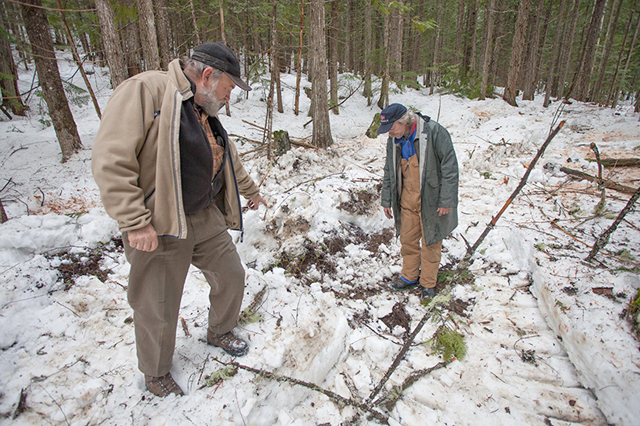
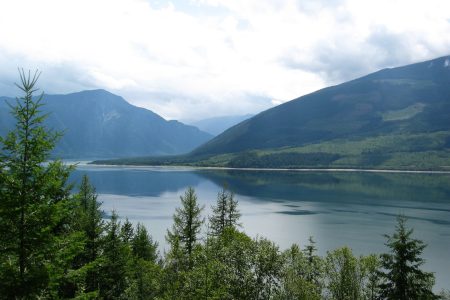
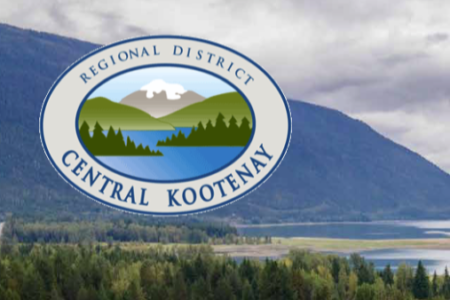
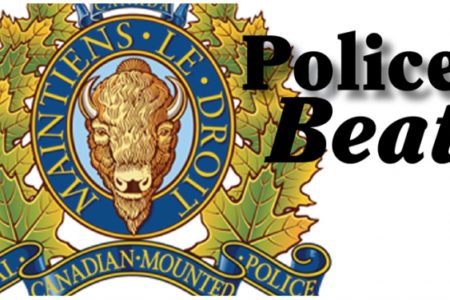
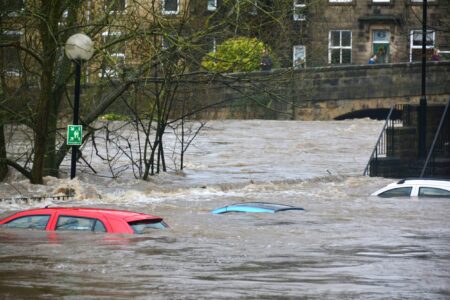
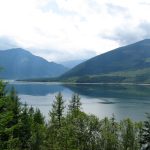
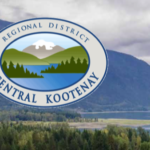
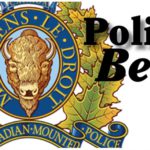
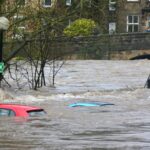
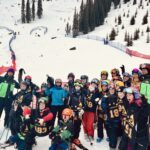
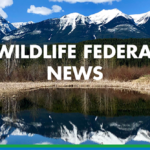




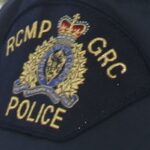
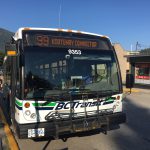






Comments